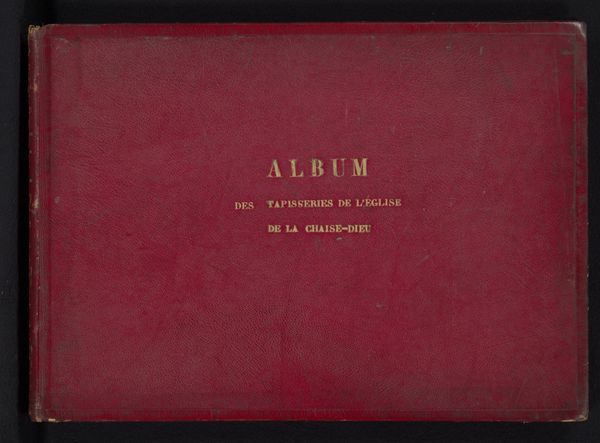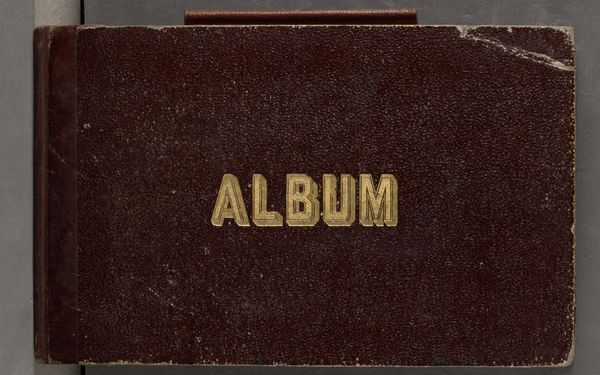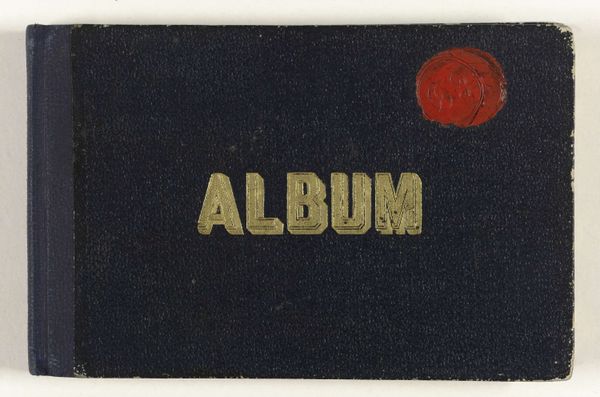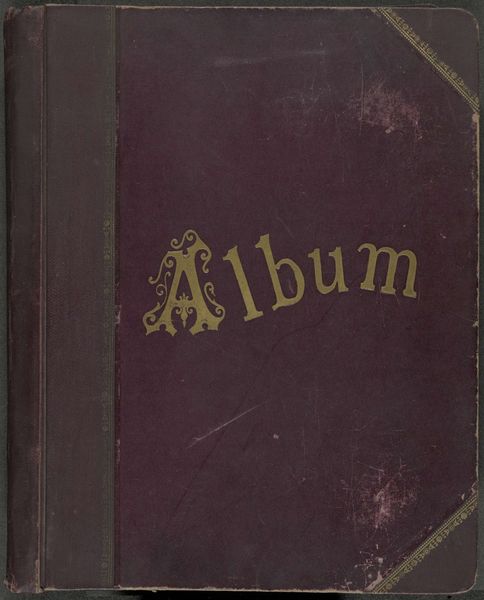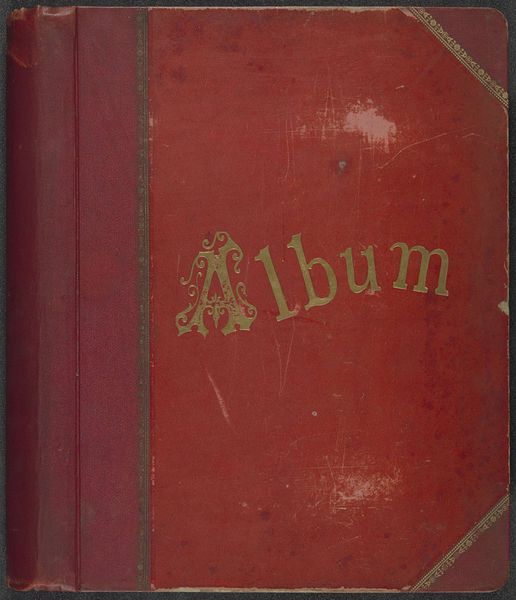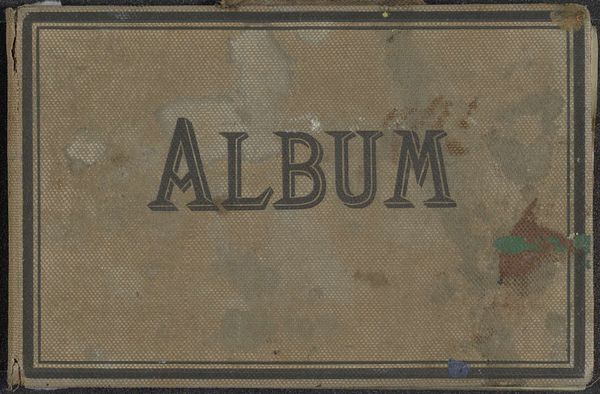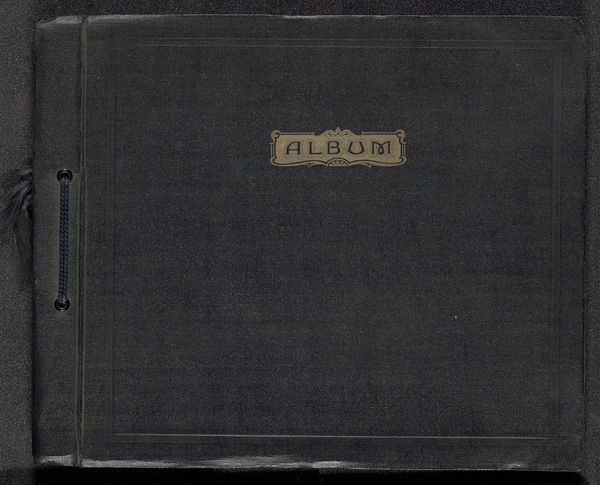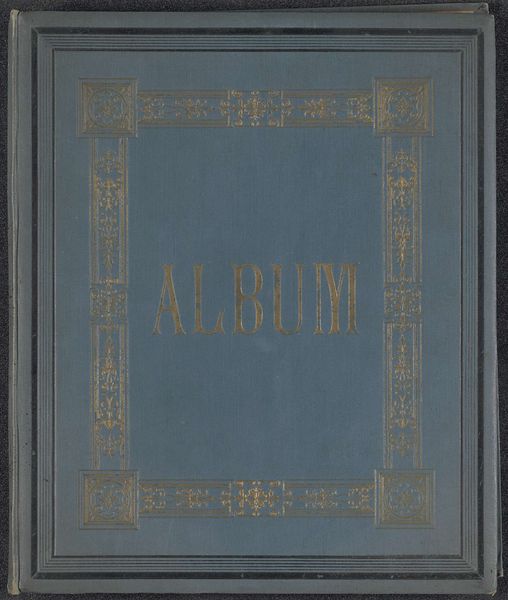
photography, albumen-print
#
still-life-photography
#
photography
#
coloured pencil
#
albumen-print
Dimensions: height 172 mm, width 256 cm, thickness 30 cm
Copyright: Rijks Museum: Open Domain
Editor: This is a photograph of “Fotoalbum Gerard Aalbersberg,” dating from around the 1880s and 90s. It features a reddish-orange album cover, stamped in gold lettering. It evokes a sense of nostalgia. I am immediately intrigued about the original owner, Gerard Aalbersberg, and his photographs within. How do we situate something like this within a larger cultural narrative? Curator: Exactly. An object like this presents a fascinating window into the past. Considering the time period, the late 19th century, photography was gaining popularity but was still somewhat of a privileged practice. Who was Aalbersberg? Was he part of the bourgeoisie, documenting his family and social life? The act of compiling an album itself becomes a form of self-representation, telling a curated story. What kind of identity was Aalbersberg trying to construct or preserve? Editor: So, it's less about the individual images inside and more about the intention behind assembling and presenting them? Curator: Precisely. And think about the materiality of the album itself. The ornate gold lettering, the presumably sturdy binding—these are indicators of value and permanence. In an era grappling with industrialization and social change, these photo albums became objects of immense personal value for remembering themselves and those around them. What is the role of sentimentality here in shaping personal narratives and identity? And what stories aren’t told through this collection, whose perspectives are excluded? Editor: It's amazing how one object can open up so many avenues for exploration! Curator: Indeed. Objects such as these remind us that photography is never neutral. It’s always implicated in power relations and identity construction. By questioning whose stories are preserved and how, we gain a deeper understanding of the historical and social forces at play.
Comments
No comments
Be the first to comment and join the conversation on the ultimate creative platform.
